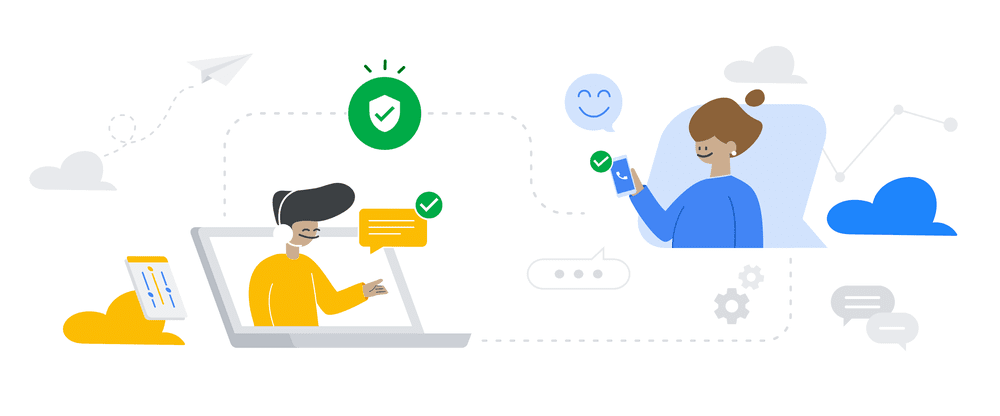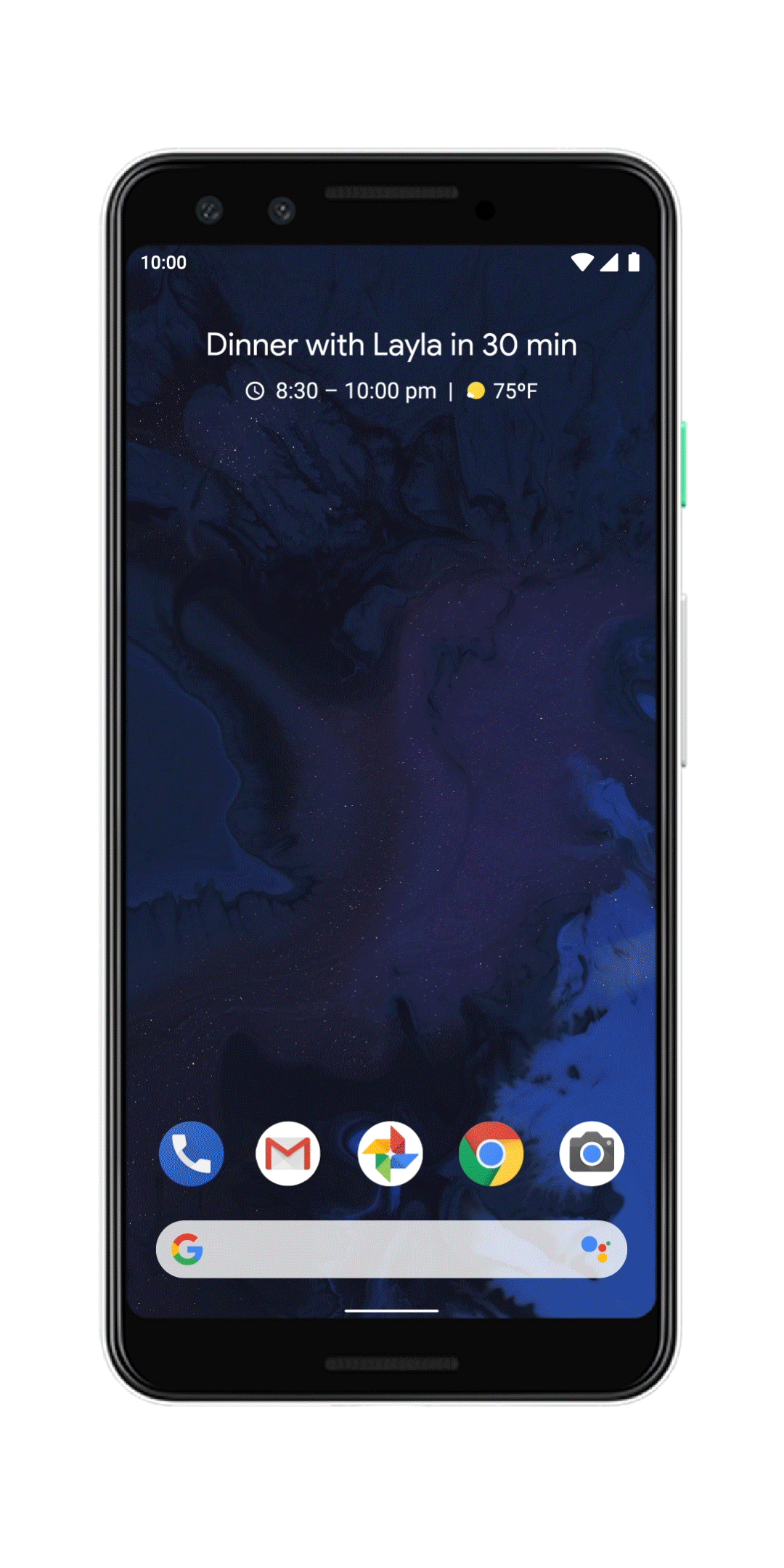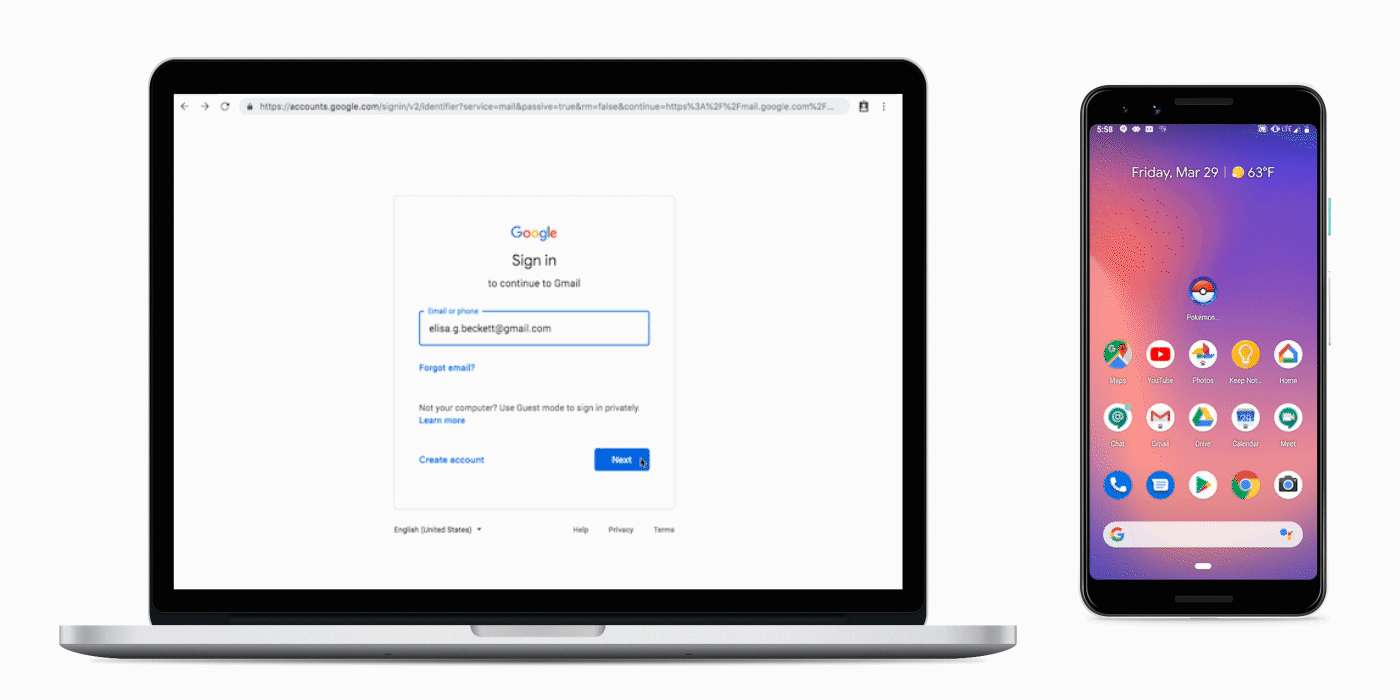Schlagwort: Safety and Security
-

Say hello to safer phone callsSay hello to safer phone callsProduct Manager
Reading Time: 2 minutesBusinesses often rely on phone calls to reach out to new customers and serve existing ones. But here’s the hang-up: customers often don’t answer the call if they don’t recognize the number. They worry it could be spam, or worse, a scam: a 2019 FTC report found that phone calls were the…
-

New malware protections for Advanced Protection usersNew malware protections for Advanced Protection usersEngineering Manager, Android Security and Privacy
Reading Time: 2 minutesAdvanced Protection safeguards the personal or business Google Accounts of anyone at risk of targeted attacks—like political campaign teams, journalists, activists and business leaders. It’s Google’s strongest security for those who need it most, and is available across desktops, laptops, smartphones and tablets. One of the many benefits of Advanced Protection is…
-

Top tips for keeping data safe and secure on AndroidTop tips for keeping data safe and secure on AndroidHead of Security, Android & Google Play
Reading Time: 3 minutesKeeping data safe and private is a key priority for Android—and we’ve built a number of features to keep your device secure and give you control. As part of Cybersecurity Awareness Month, here are a few of these features, and our top tips for staying safe on your phone. Warding off sneaky…
-

Sharing what’s new in Android QSharing what’s new in Android Q
Reading Time: 5 minutes This year, Android is reaching version 10 and operating on over 2.5 billion active devices. A lot has changed since version 1.0, back when smartphones were just an early idea. Now, they’re an integral tool in our lives—helping us stay in touch, organize our days or find a restaurant in a new…
-

At I/O ’19: Building a more helpful Google for everyoneAt I/O ’19: Building a more helpful Google for everyone
Reading Time: 5 minutesToday, we welcomed thousands of people to I/O, our annual developer’s conference. It’s one of my favorite events of the year because it gives us a chance to show how we’re bringing Google’s mission to life through new technological breakthroughs and products. Our mission to make information universally accessible and useful hasn’t…
-

Encryption for everyone: How Adiantum will keep more devices secureEncryption for everyone: How Adiantum will keep more devices secure
Reading Time: 2 minutes Editor’s note: February 5 was Safer Internet Day, but we’ll be talking about it all week with a collection of posts from teams from across Google. Encryption is incredibly important. It underpins our digital security. Encryption encodes data so that it can only be read by individuals with a key.…
-

The ultimate account security is now in your pocketThe ultimate account security is now in your pocket
Reading Time: 3 minutesPhishing—when an attacker tries to trick you into turning over your online credentials—is the most common cause of security breaches. Preventing phishing attacks can be a major challenge for personal and business users alike. At Google, we automatically block the overwhelming majority of malicious sign-in attempts (even if an attacker has your…






